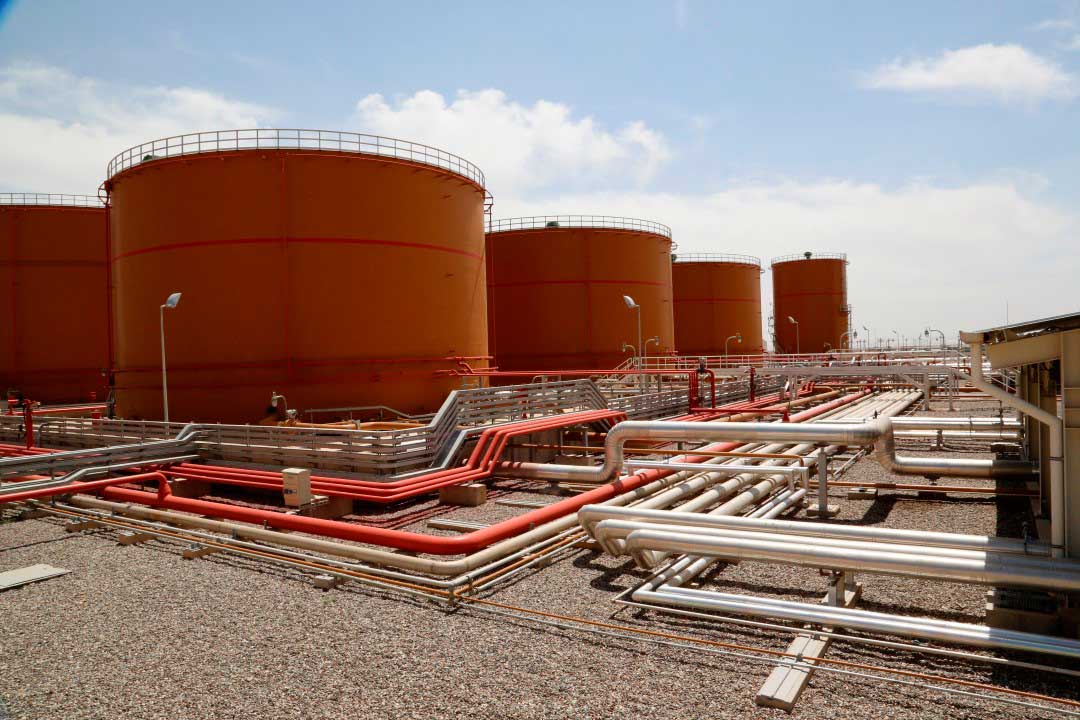Transformers
- Instrument Transformers:
The instrument transformer is a static device utilized for the reduction of higher currents and voltages for safe and practical usage which are measurable with traditional instruments such as digital multi-meter etc. The value range is from 1A to 5A and voltages such as 110V etc. The transformers are also used for the actuation of AC protective relay through supporting voltage and current.
- Current Transformer:
A current transformer is a gadget utilized for the transformation of higher value currents into lower values. It is utilized in an analogous manner to that of AC instruments, control apparatus, and meters. These are having lower current ratings and are used for maintenance and installation of current relays for protection purposes in substations.
- Potential Transformer:
The potential transformers are similar in characteristics as current transformers but are utilized for converting high voltages to lower voltages for protection of relay system and for lower rating metering of voltage measurements.
Disconnect switches:
Disconnect switches are used to isolate equipment or to redirect current in a substation. Many different types of disconnect switches are shown below.
The Substation Control Building:
Control building contains switchboard panels, batteries, battery chargers, supervisory control, power-line carrier, meters, and relays. The control house provides all weather protection and security for the control equipment.
The Circuit Breaker:
The circuit breaker is a type of electrical switch which is used for opening or closing of electrical circuit whenever faults occur in the system. It consists of two moving contacts which are normally closed. Whenever the fault occurs in the system, the relay sends the tripping command to the circuit breaker and hence their contacts are moved apart. Thus, the fault occurs in the system becomes clear.

